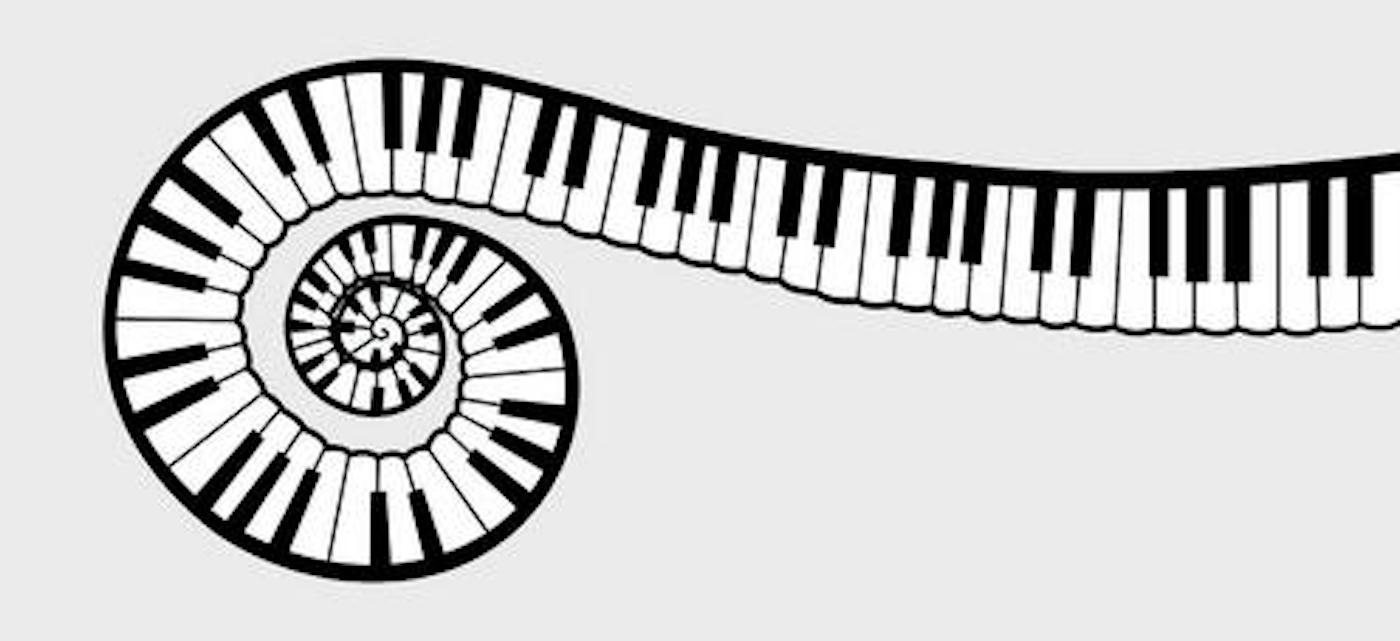Capriccio
für Bassklarinette, Viola und Klavier
UA 01.12.2022, KunstRaum Niculescu (Berlin)
Capriccio is a high-energy piece that pushes the aesthetic boundaries of contemporary music composition while remaining firmly rooted in the tradition of chamber music performance.
In search of an approach that could reconcile the spontaneity and interpretive individualism of graphic notation with a rigorously evolving musical form, I arrived at the solution of notating rhythm as the only strictly defined musical parameter. Other parameters—especially pitch, dynamics, and playing techniques—are indicated with varying degrees of ambiguity.
This resulted in a type of hybrid score. A grid delineates the metric framework, which is read in the traditional manner from left to right and top to bottom and remains unchanged throughout the piece. Within this grid, graphic symbols are placed to represent individual, predominantly short sound actions. The position, size, and shape of these symbols offer some guidance on pitch, dynamics, and playing techniques but leave substantial room—and demand—for the performers’ (spontaneous) decisions.
The compositional process was preceded by an intensive exploration of electronic dance music (EDM), which inspired two key aspects (in abstracted form) that became foundational to the piece. The first is the principle of block-like formal development, typical of EDM tracks, where progression often occurs additively in eight-bar sections. The basic building block of my composition is a four-bar pattern—consisting of three 4/4 bars followed by a 7/8 bar. This creates a stumbling, forward-driving character that stands in stark contrast to the predictable linearity of EDM’s typical pulse. I applied sample-based music techniques to this pattern (again in abstracted form): editing its length (shortening), using frequency filters (high-pass EQ), and gradually layering it with other patterns.
The second aspect concerns the structure of the pattern itself. Here, I focused on the complex rhythmic interweaving of multiple foreground and background layers to achieve maximum plasticity and variability within the rigid grid. This complexity is further amplified by the graphic notation, which incorporates the performers’ individual and moment-to-moment interpretation of the symbols as an essential aleatoric element of the structure.
While the piece is written for a specific instrumentation, other ensembles are theoretically possible. However, achieving a balanced overall sound and an adequately nuanced interpretation of the graphic symbols is crucial in such cases.
Capriccio

